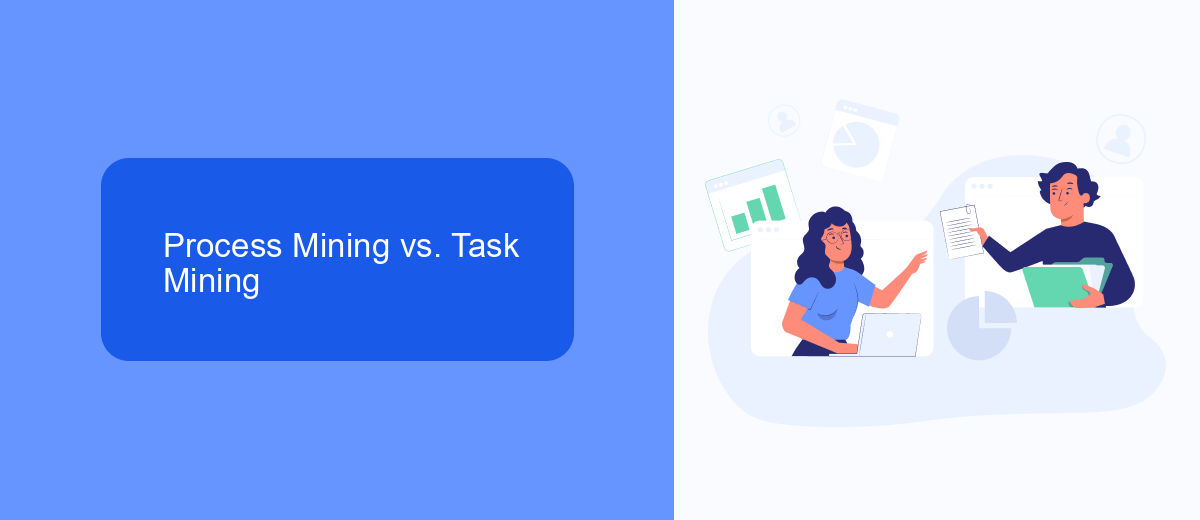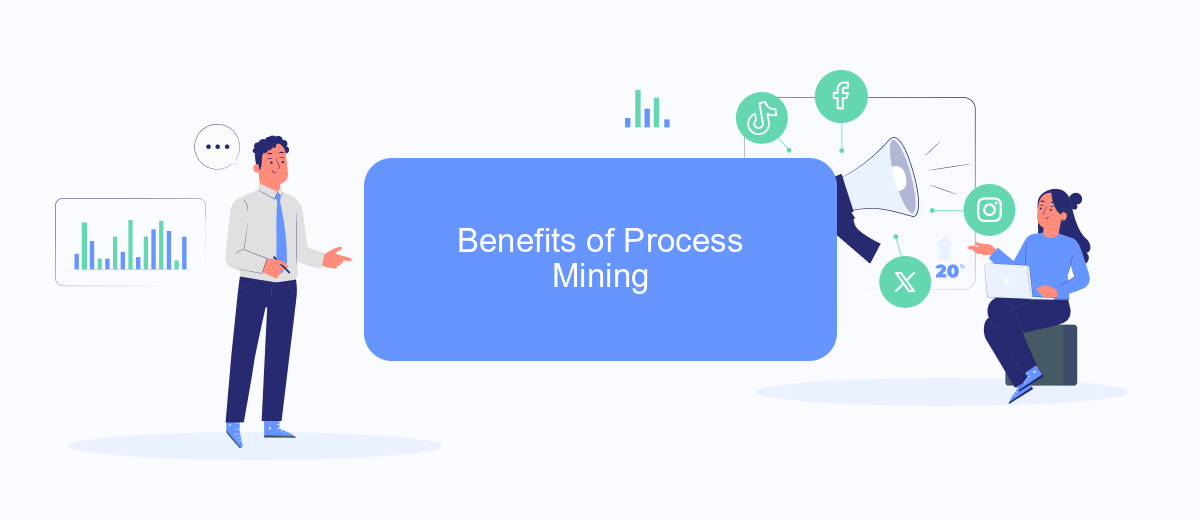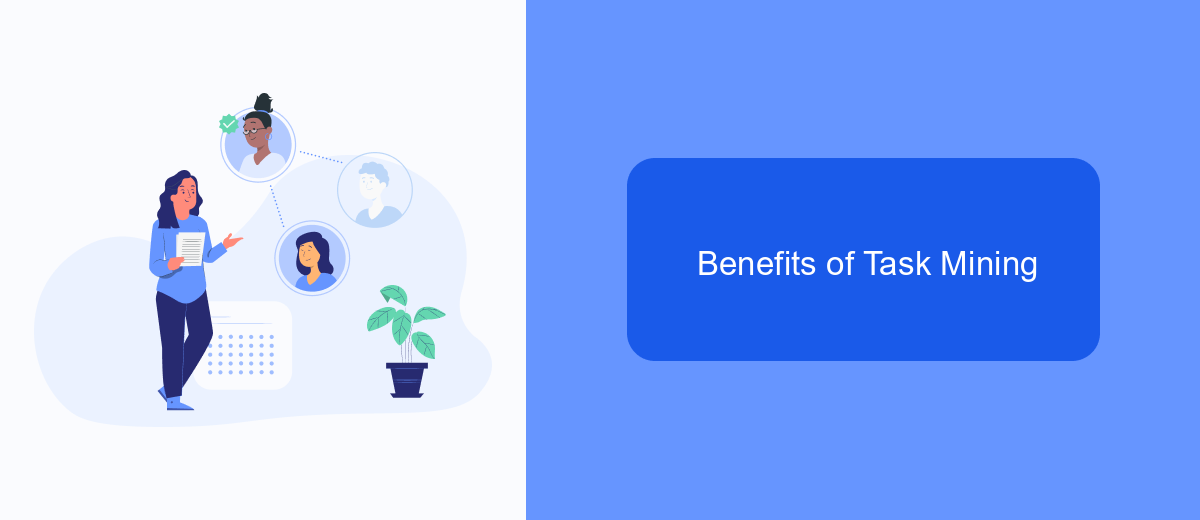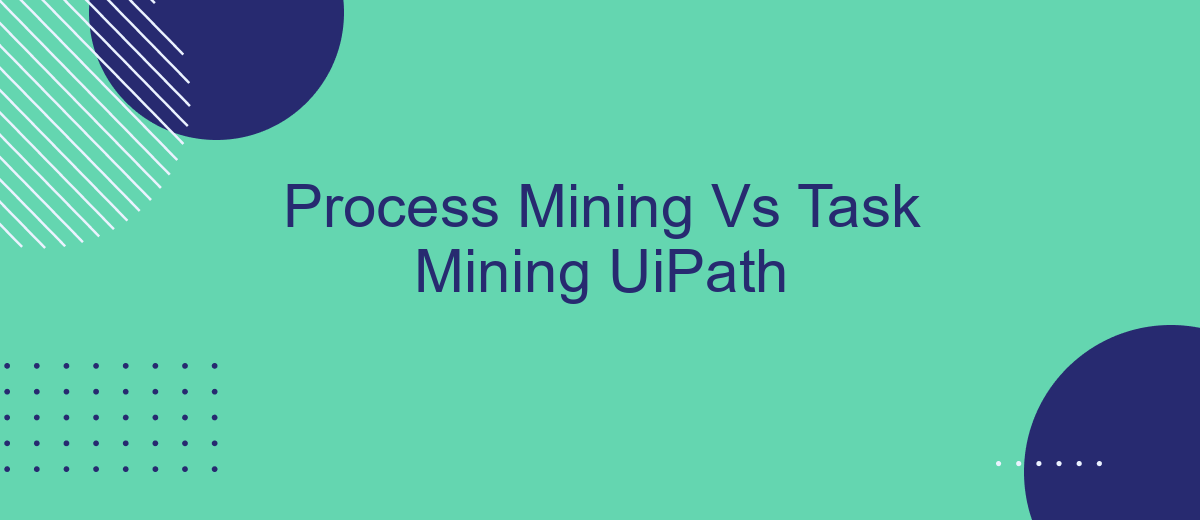In the rapidly evolving landscape of business automation, understanding the nuances between process mining and task mining is crucial for maximizing efficiency. UiPath, a leader in robotic process automation, offers robust solutions for both. This article delves into the distinctions and synergies between process mining and task mining, providing insights on how each can drive operational excellence.
Introduction
Process Mining and Task Mining are two critical methodologies in the realm of business process optimization, each offering unique insights and advantages. While Process Mining focuses on analyzing end-to-end processes through event logs, Task Mining delves into the granular details of individual tasks performed by users. Understanding the distinctions and applications of these methodologies is essential for organizations aiming to enhance efficiency and productivity.
- Process Mining: Utilizes event logs to map and analyze entire business processes.
- Task Mining: Captures and examines user interactions to optimize specific tasks.
- UiPath: A leading platform that integrates both methodologies for comprehensive process improvement.
By leveraging tools like UiPath, businesses can gain a holistic view of their operations and identify areas for improvement. Additionally, integrating services such as SaveMyLeads can further streamline the process by automating data collection and integration, ensuring that the insights derived from Process and Task Mining are both accurate and actionable.
Process Mining vs. Task Mining

Process Mining and Task Mining are two distinct but complementary approaches in the field of business process optimization. Process Mining focuses on analyzing and visualizing end-to-end business processes by extracting data from event logs. It provides a macro-level view, allowing organizations to understand how processes flow across different departments and identify bottlenecks or inefficiencies. This technique is particularly useful for gaining insights into complex processes that span multiple systems and stakeholders.
On the other hand, Task Mining zeroes in on the micro-level activities performed by individuals within a process. By capturing user interactions with software applications, Task Mining offers a granular view of how tasks are executed. This helps in identifying repetitive tasks that can be automated or optimized. Tools like SaveMyLeads can be integrated to streamline these tasks by automating data transfers and reducing manual effort. While Process Mining provides a broad overview of process performance, Task Mining dives deep into individual task execution, making both approaches essential for comprehensive process improvement.
Benefits of Process Mining

Process mining offers a multitude of benefits for businesses seeking to optimize their operations and improve efficiency. By analyzing event logs and data from various business processes, organizations can gain valuable insights into their workflows and identify areas for improvement.
- Enhanced Process Visibility: Process mining provides a clear and detailed view of how processes are executed in reality, identifying deviations and bottlenecks.
- Improved Compliance: By comparing actual processes with predefined models, organizations can ensure adherence to regulatory standards and internal policies.
- Data-Driven Decision Making: With accurate data on process performance, managers can make informed decisions to optimize operations and allocate resources effectively.
- Cost Reduction: Identifying inefficiencies and redundant steps can lead to significant cost savings by streamlining processes and reducing waste.
- Integration and Automation: Tools like SaveMyLeads can further enhance process mining by automating data integration from various sources, ensuring a seamless flow of information.
Overall, process mining empowers organizations to transform their operations by providing actionable insights and fostering a culture of continuous improvement. By leveraging advanced tools and technologies, businesses can achieve greater efficiency, compliance, and cost savings, ultimately driving better outcomes and competitive advantage.
Benefits of Task Mining

Task mining offers significant advantages for organizations aiming to optimize their workflows and improve efficiency. By capturing and analyzing user interactions with various applications, task mining provides detailed insights into how tasks are performed, identifying bottlenecks and inefficiencies that can be addressed.
One of the primary benefits of task mining is its ability to provide a granular view of task execution. This allows organizations to pinpoint specific areas where improvements can be made, leading to more streamlined processes and better resource allocation.
- Enhanced process visibility and transparency
- Identification of automation opportunities
- Improved compliance and risk management
- Data-driven decision making
Moreover, integrating task mining with tools like SaveMyLeads can further enhance its effectiveness. SaveMyLeads automates the data transfer process, ensuring that the insights gained from task mining are seamlessly integrated into your existing systems. This not only saves time but also ensures that the data is accurate and up-to-date, providing a solid foundation for continuous improvement.
Choosing the Right Solution
Choosing between Process Mining and Task Mining in UiPath depends on your specific business needs and objectives. Process Mining provides a macro-level view of your business processes, analyzing end-to-end workflows to identify bottlenecks and inefficiencies. This is ideal for organizations looking to optimize their overall process performance and gain insights into how different processes interact with each other.
On the other hand, Task Mining focuses on individual tasks performed by employees, capturing detailed data on how tasks are executed. This is particularly useful for improving task-level efficiency and understanding the nuances of daily operations. If your goal is to enhance specific tasks within a broader process, Task Mining is the way to go. Additionally, integrating these insights with automation tools like SaveMyLeads can further streamline operations by automating repetitive tasks and facilitating seamless data integration across platforms.


FAQ
What is Process Mining?
What is Task Mining?
How do Process Mining and Task Mining differ?
Can Process Mining and Task Mining be used together?
How can I implement automation and integration based on insights from Process and Task Mining?
SaveMyLeads is a simple and effective service that will help you automate routine tasks and optimize business processes. Stop wasting time uploading leads from Facebook manually – you can do it automatically, saving a lot of time and money. Eliminate routine from workflows and achieve more with minimal investment of money, effort and human resources.
